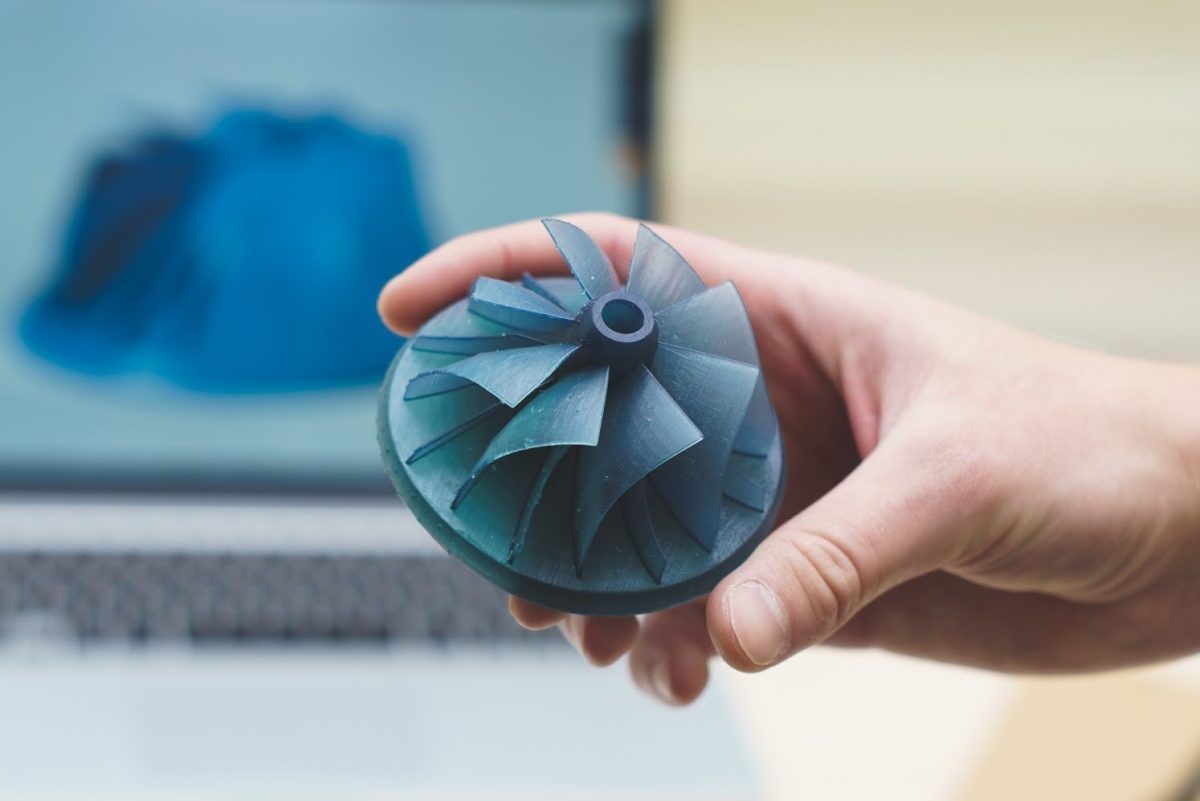SLA 3D printing technology is the result of technological innovations in prototyping and production businesses. Printing Technology has developed rapidly owing to the needs and demands of designers, engineers, and more such stakeholders to incorporate technological advancements in their respective work fields.

The SLA 3D printing process includes the production of 3D models, cosmetic prototypes, and more complex parts using computer-controlled moving UV laser beams. It is managed through pre-programmed CAD software. The reason for the popularity of this printing method in the hardware industry is its ability to create 3D prototypes or models in as fast as 24hours. The parts are constructed using a wide variety of materials that provide various features, resolutions, and surface quality.
The models created through SLA 3D printing are used in various industries, including toys, automotive, house applications, medical devices, etc. It is a technological marvel, that enables various industries to create physical working models from digital models incorporating a wide variety of materials. You can find some good manufacturers of SLA 3D printing in China for your next project.
Let’s discuss the materials used for SLA 3D printing:
ABS-like Resin
The ABS-like resin material is used for its high strength and good dimensional stability. Owing to its properties like impact resistance, ease to give secondary finishing, and quality appearance it is commonly used for automotive parts, consumer packaging, electrical housing, toys, etc.
Heat deflection: 46 degrees Celcius
Minimum wall thickness: 0.6 MM
Minimum hole diameter: 1.0 MM
Hardness: 79 Shore D
Shrinkage rate: 1%-3%
Impact strength: 23-29J/CM
Clear/Translucent Resin
This material is used to create translucent models due to its ability to provide near-colorless transparency. The translucent material offers low moisture absorption quality. It is the perfect choice for general applications, including flow-visualization models, light pipes, and lenses.
Heat deflection: 47 Degrees Celcius
Minimum wall thickness: 0.6MM
Minimum hole diameter: 1.0 MM
Hardness: 87 Shore D
Shrinkage rate: 1%-3%
Impact strength: 25J/CM
Grey high-temperature resistant Resin
This material provides flexibility and strength and is highly temperature resistant. The material is the perfect choice to create functional prototypes for various industries.
Heat deflection: 99.6 Degrees Celcius
Minimum wall thickness: 0.6MM
Minimum hole diameter: 1.0 MM
Hardness: 85 Shore D
Shrinkage rate: 1%-3%
Impact strength: 34.4J/CM
White nylon-like Resin
It is the general material that is widely used in SLA 3D printing. It is perfect for SLA prototypes and models because of its durability, strength, and flexibility. This material is widely used to accommodate extra-large parts.
Heat deflection: 163 Degrees Celcius
Minimum wall thickness: 0.5 MM
Minimum hole diameter: 1.2 MM
Hardness: 75 Shore D
Shrinkage rate: None
Impact strength: 4.4KJ/m2
Black nylon-like Resin
The material provides deep black color and a glossy finish on up-facing surfaces. The material offers low moisture absorption that enables the parts to be more dimensionally stable and gives a glossy cosmetic appearance to the molded part.
Heat deflection: 173 Degrees Celcius
Minimum wall thickness: 0.5MM
Minimum hole diameter: 1.2 MM
Hardness: 86 Shore D
Shrinkage rate: None
Impact strength: 2.7KJ/M
The SLA 3D modeling and printing has gained popularity very rapidly because of its technological advancement that enables to manufacture of working models and prototypes for a wide variety of uses at cheap rates.
















